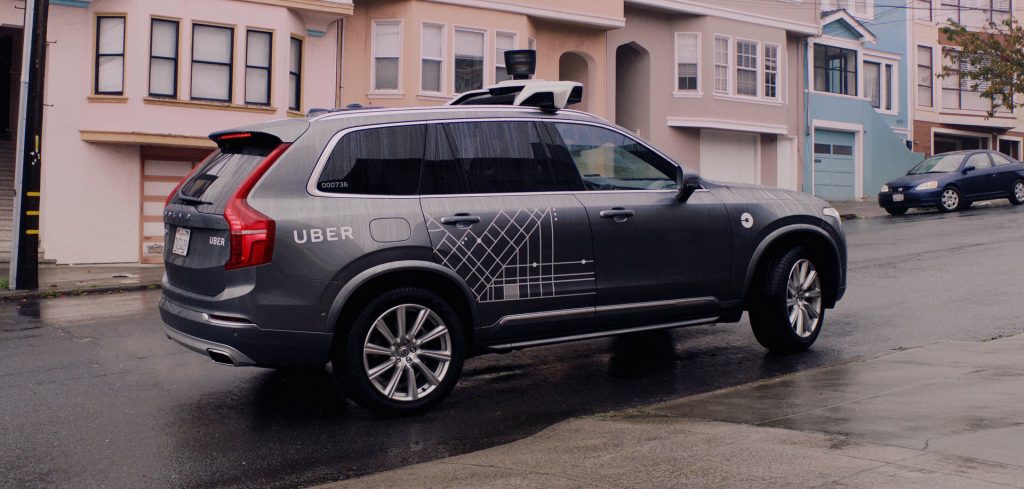The safety driver of an Uber test vehicle that was involved in a fatal collision in 2018 has been charged with negligent homicide by prosecutors in the US state of Arizona.
The driver, Rafael Vasquez, pleaded not guilty to the charges, which related to an accident where the autonomous Volvo XC90 she was in charge of struck a pedestrian, Elaine Herzberg, who was pushing her bicycle across a street at night. According to the Tempe Police Department report on the incident, the driver was distracted from her supervisory task by a video on her personal cell phone.
In the NTSB (National Transportation Safety Board) report into the incident, the self-driving system data showed that the vehicle operator intervened less than a second before impact by engaging the steering wheel. The vehicle speed at impact was 39mph (63km/h) and the operator began braking less than a second after the impact. The data also showed that all aspects of the self-driving system were operating normally at the time of the crash, and that there were no faults or diagnostic messages.
Several of Uber’s self-driving system cameras captured the crash event. The videos were reviewed by the NTSB, and the forward-facing videos showed the pedestrian coming into view and proceeding into the path of the vehicle. The videos also showed that the pedestrian, once visible, did not look in the direction of the vehicle until just before impact, and that they were dressed in dark clothing, while the bicycle did not have any side reflectors. The bicycle did have front and rear reflectors and a forward headlamp, but all were facing in directions perpendicular to the path of the oncoming vehicle. It was also evident that the stretch of highway was not well lit. Significantly, the inward-facing video shows the vehicle operator glancing down toward the center of the vehicle several times before the crash.
According to data obtained by Uber and the NTSB from the vehicle’s self-driving system, the system first registered radar and lidar observations of the pedestrian about six seconds before impact, when the vehicle was traveling at 43mph (69km/h). As the vehicle and pedestrian paths converged, the self-driving system software classified the pedestrian as an unknown object, as a vehicle, and then as a bicycle with varying expectations of future travel path.
At 1.3 seconds before impact, the self-driving system determined that an emergency braking maneuver was needed to mitigate a collision. According to Uber, emergency braking maneuvers were not enabled while the vehicle was under computer control, to reduce the potential for erratic vehicle behavior. The vehicle operator was relied upon to intervene and take action. Notably, at the time, the system was not designed to alert the operator.
The defendant has been released pending trial, which is scheduled for February 2021.


